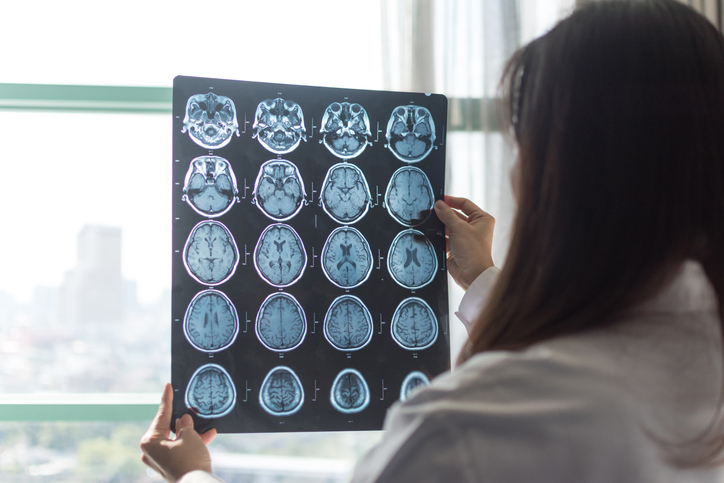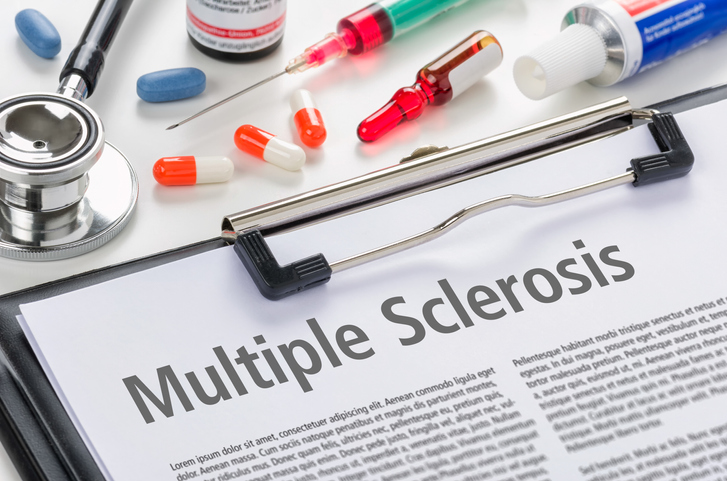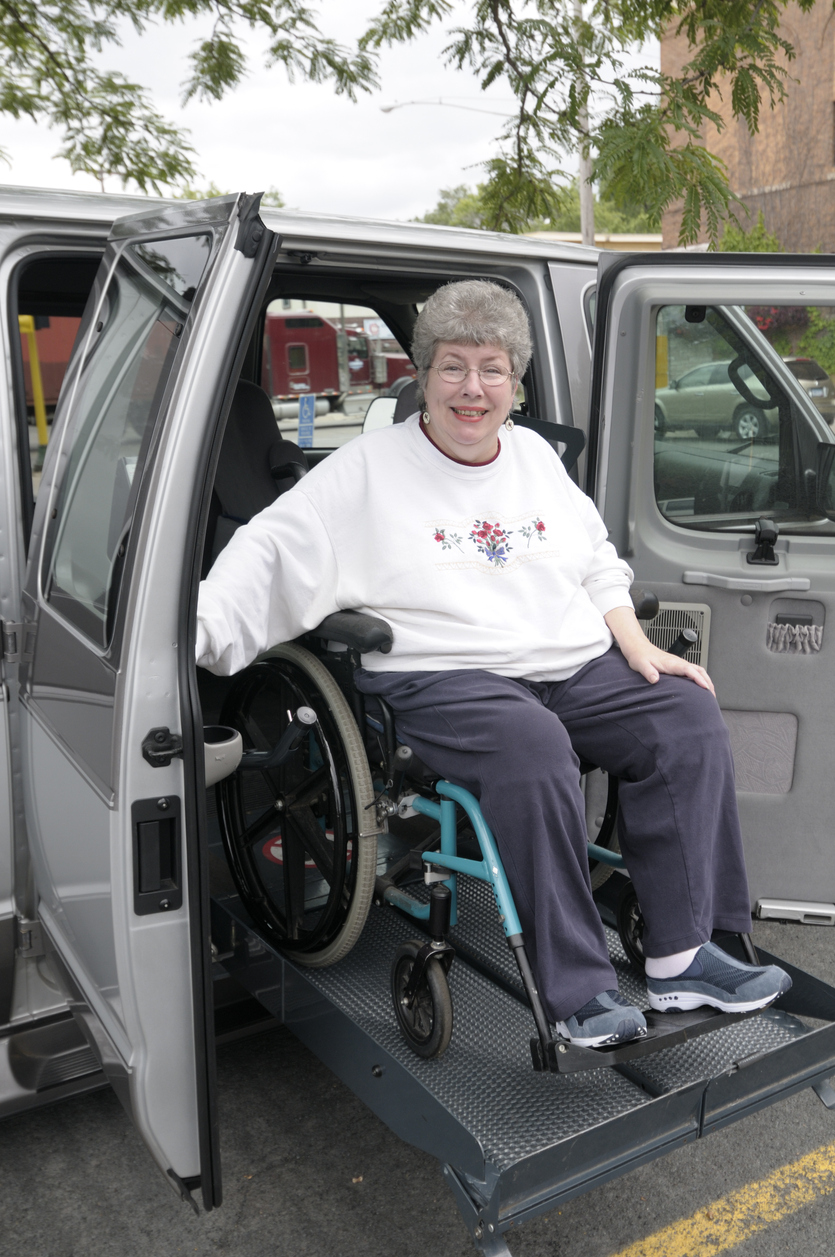Pain
Conventional Treatment Options for Multiple Sclerosis (MS)

What is multiple sclerosis?
Multiple sclerosis (MS) is an autoimmune disease that affects the central nervous system. With MS, the immune system attacks the protective shell (myelin) of nerve fibers throughout the body. Scar tissue then accumulates around the nerves, which eventually causes nerve damage. Once the nerves are damaged with scar tissue, they cannot receive signals sent from the brain to properly operate. Since the nervous system controls every movement of the body, MS can cause vision issues, movement and muscle control problems, balance issues, and other health complications. The exact cause of multiple sclerosis is not yet clear.
Multiple sclerosis treatments and therapies
Currently, no cure exists for MS but receiving the proper diagnosis as well as a treatment plan can make living with MS manageable. In addition to medications, other options to manage multiple sclerosis are available. These treatments and therapies help treat flare-ups, improve daily functioning, and manage symptoms.
Plasmapheresis
Plasmapheresis, also known as plasma exchange, is a process in which antibodies that may be attacking the nervous system are cleansed from the blood. First, blood is slowly removed from the body and filtered so that the liquid portion of the blood (the plasma) is separated from the red and white blood cells. The cells are mixed with a plasma replacement fluid and transfused back into the body. Plasmapheresis is often used when individuals experience a relapse that does not respond to corticosteroids.
Physical therapy
Physical therapy for symptoms of multiple sclerosis aims to improve mobility, strength, balance, and posture and to decrease fatigue and pain. Physical therapists design specific exercise programs on an individual basis. They can also provide information about the proper use of mobility aids, such as canes or wheelchairs. If urinary or bladder issues are a concern, pelvic floor physical therapy may also be recommended.
Occupational therapy
Occupational therapy for multiple sclerosis aims to increase independence, simplify everyday tasks, and ensure safety in the home or workplace. Occupational therapists provide assistance with adaptive tools and devices. They can also recommend needed modifications for living or work spaces and assist with thinking and memory concerns.
Speech-language pathology
Damage to the central nervous system can affect the muscles in the mouth and throat, which are responsible for both speaking and swallowing. Speech-language pathologists work to address these concerns with the aim to improve communication as well as ensure safety while swallowing.
Functional electrical stimulation
Functional electrical stimulation, or FES, involves applying a mild electrical impulse to a muscle. With multiple sclerosis, certain muscles may not receive proper signals from the damaged central nervous system. FES provides an external signal to help muscles become more mobile. FES devices can be especially helpful for individuals who have difficulty lifting their foot, known as foot drop.
When dealing with multiple sclerosis, it is important to talk with a physician about which therapies and treatments may be most beneficial.


















